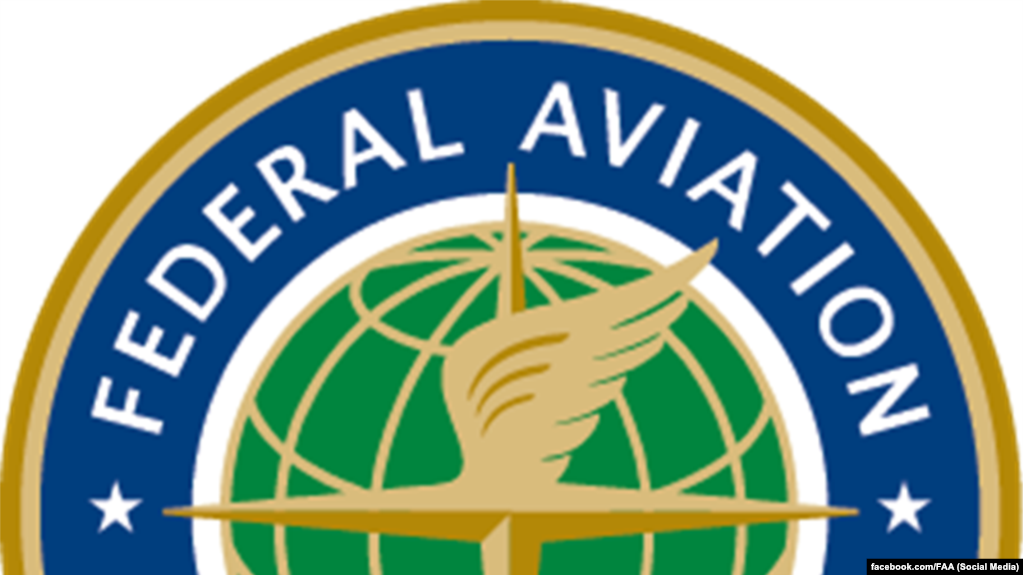
WASHINGTON, Jan 8 (NNN-AGENCIES) — The US Federal Aviation Administration (FAA) said it would ban US carriers from operating in the airspace over Iraq, Iran, the Gulf of Oman and the waters between Iran and Saudi Arabia after Iran launched a missile attack on US-led forces in Iraq.
Tehran fired more than a dozen ballistic missiles from Iranian territory against at least two Iraqi military bases hosting US-led coalition personnel, the US military said on Tuesday.
“The Federal Aviation issued Notices to Airmen (NOTAMS) tonight outlining flight restrictions that prohibit US civil aviation operators from operating in the airspace over Iraq, Iran and the waters of the Persian Gulf and the Gulf of Oman,” FAA said in a statement.
Earlier FAA said it was closely monitoring events in the Middle East and coordinating with US airlines and foreign authorities about aviation safety after the missile attack.
Several airlines had flights over parts of Iraq and Iran at the time according to FlightRadar24 data.
US carriers are banned from flying at altitudes below 26,000 feet over Iraq under FAA guidance issued in 2018 because of ongoing concerns about threats to US civil aviation throughout Iraq.
They have been banned from flying in an area of Iranian airspace above the Persian Gulf and Gulf of Oman since Iran shot down a high-altitude US drone last June. No major US airlines fly over Iran at present.
Singapore Airlines said after the attack on US bases in Iraq that all of its flights would be diverted away from Iranian airspace.
Carriers are increasingly taking steps to uncover threats to their planes after Malaysia Airlines Flight MH17 was shot down in 2014 by a missile over Ukraine, killing all 298 people on board.
An international aviation team has been activated to support “effective coordination and communication” between airlines and countries as tensions mount in the Middle East after a US drone strike killed an Iranian military commander, global airlines body IATA said on Tuesday.
Airlines and the United Nations’ aviation agency have started to monitor strategic airspace over Iran and Iraq. With some commercial carriers still serving those countries and others flying over their airspace, the International Air Transport Association also issued a statement reminding countries of their obligation to communicate potential risks to civil aviation.
“It is critical that states live up to this obligation as tensions in the Middle East rise,” the group said, days after the killing of General Qassem Soleimani on Friday plunged the region into a new crisis.
On Monday, Germany published a new warning for Iraq, indicating areas of concern for overflying traffic, according to a report published by the site OPSGROUP.
The coordination team operated by IATA and the International Civil Aviation Organization (ICAO) was activated as a “standard precautionary measure,” in the event that contingency measures are required by airlines, IATA said in a statement to Reuters.
The team brings together airlines, regulators and air navigation service providers to ensure any potential risks to aviation are shared quickly, an industry source familiar with the group said.
“Everyone’s urging restraint,” said the source, who spoke on condition of anonymity because of the sensitivity of the matter.
Airspace controlled by Iran and Iraq are seen as strategic for commercial aviation in the Middle East. If there were the need to shut down the airspace, carriers would have to be rerouted which would lead to greater congestion and fuel costs, said the source. — NNN-AGENCIES





